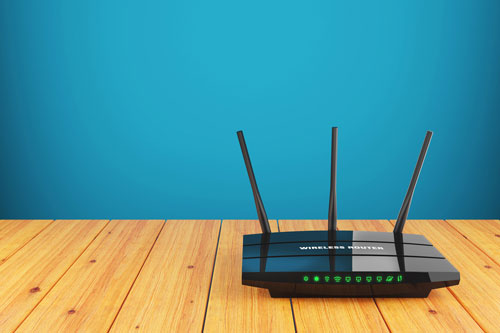How Can I Fix Slow WiFi Speeds After a New Setup?
Experiencing sluggish WiFi speeds after setting up a new network can be frustrating.
Experiencing sluggish WiFi speeds after setting up a new network can be frustrating. Whether you're streaming a movie, attending a video conference, or simply browsing the web, a slow connection can disrupt your online activities. Understanding the common causes of slow WiFi speeds and implementing effective solutions can help you achieve a faster and more reliable internet experience.
Common Causes of Slow WiFi Speeds
Several factors can contribute to slow WiFi speeds, even after a new setup:
1. Router Placement
The location of your router plays a crucial role in signal strength. Placing your router in a central, elevated location can help distribute the signal more evenly throughout your home. If you're doing a WiFi setup in Melbourne, make sure to avoid placing the router near walls, metal objects, or electronic devices that can cause interference.
2. Interference from Other Devices
Devices such as microwaves, cordless phones, and baby monitors can interfere with WiFi signals, especially on the 2.4 GHz band. Switching to the 5 GHz band, if supported by your router and devices, can reduce interference and improve speeds.
3. Outdated Hardware
Older routers and devices may not support the latest WiFi standards, leading to slower speeds. Upgrading to a router that supports WiFi 6 or WiFi 6E can provide faster speeds and better performance in congested environments.
4. Network Congestion
Multiple devices connected to the same network can consume bandwidth and slow down speeds. Prioritize essential devices and consider upgrading your internet plan if you have many connected devices.
5. Firmware and Driver Updates
Outdated firmware on your router or drivers on your devices can cause performance issues. Regularly check for updates to ensure optimal performance.
Solutions to Improve WiFi Speeds
Implementing the following strategies can help enhance your WiFi speeds:
1. Optimize Router Placement
Place your router in a central location, away from walls and electronic devices. Elevate the router if possible, and ensure it's not obstructed by furniture or other objects.
2. Reduce Interference
Switch to the 5 GHz band to avoid interference from devices operating on the 2.4 GHz band. Additionally, keep electronic devices that may cause interference away from the router.
3. Upgrade Hardware
Consider upgrading to a modern router that supports the latest WiFi standards. Ensure your devices are compatible with the upgraded router to take full advantage of improved speeds.
4. Manage Network Traffic
Limit the number of devices connected to your network, especially during high-usage periods. Use Quality of Service (QoS) settings on your router to prioritize bandwidth for essential devices.
5. Update Firmware and Drivers
Regularly check for firmware updates for your router and drivers for your devices. Manufacturers often release updates that can improve performance and fix bugs.
When to Seek Professional Help
If you've tried the above solutions and still experience slow WiFi speeds, it may be time to consult a professional. An expert can assess your network setup, identify underlying issues, and recommend appropriate solutions to enhance your internet experience.
FAQs
Q1: How can I check my WiFi speed?
Use online tools like Speedtest by Ookla to measure your download and upload speeds. For more accurate results, perform tests at different times of the day and from various locations within your home.
Q2: What is the difference between 2.4 GHz and 5 GHz WiFi?
The 2.4 GHz band offers a longer range but is more susceptible to interference. The 5 GHz band provides faster speeds and is less crowded but has a shorter range.
Q3: How many devices can my router handle?
The number of devices a router can handle depends on its specifications. High-quality routers can support more devices simultaneously without significant performance degradation.
Q4: Should I use a WiFi extender?
WiFi extenders can help boost signal strength in areas with weak coverage. However, they can also reduce speeds due to the way they retransmit signals. Consider using a mesh WiFi system for more consistent coverage.
Conclusion
Slow WiFi speeds after a new setup can be caused by various factors, including router placement, interference, outdated hardware, network congestion, and outdated firmware. By optimizing your router's placement, reducing interference, upgrading hardware, managing network traffic, and keeping your devices updated, you can significantly improve your WiFi speeds. If issues persist, consulting a professional can help identify and resolve underlying problems, ensuring a faster and more reliable internet connection.